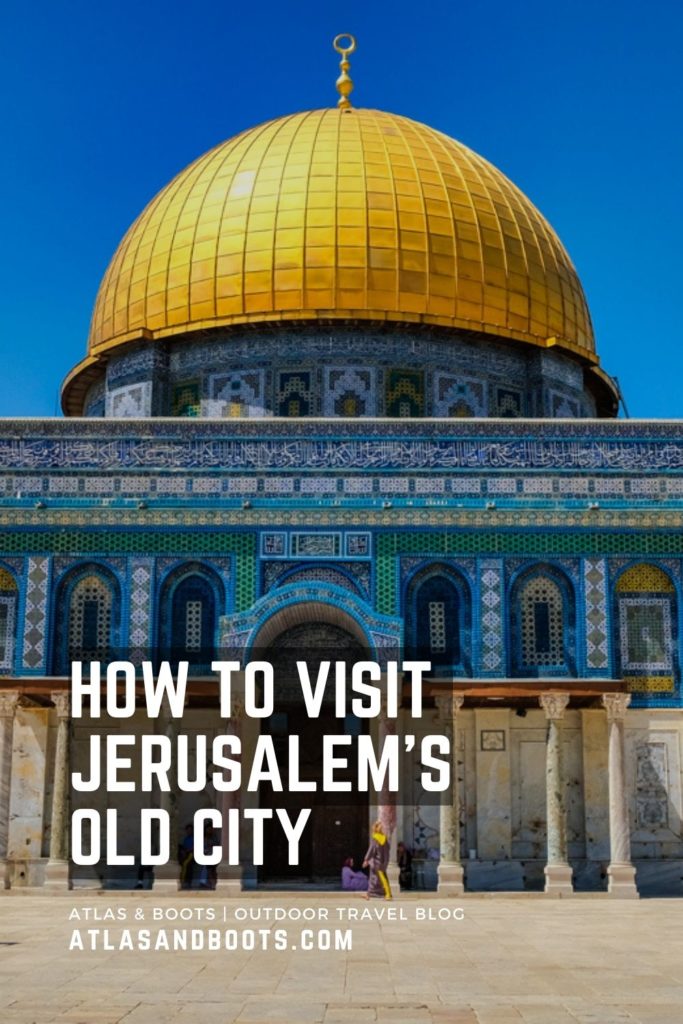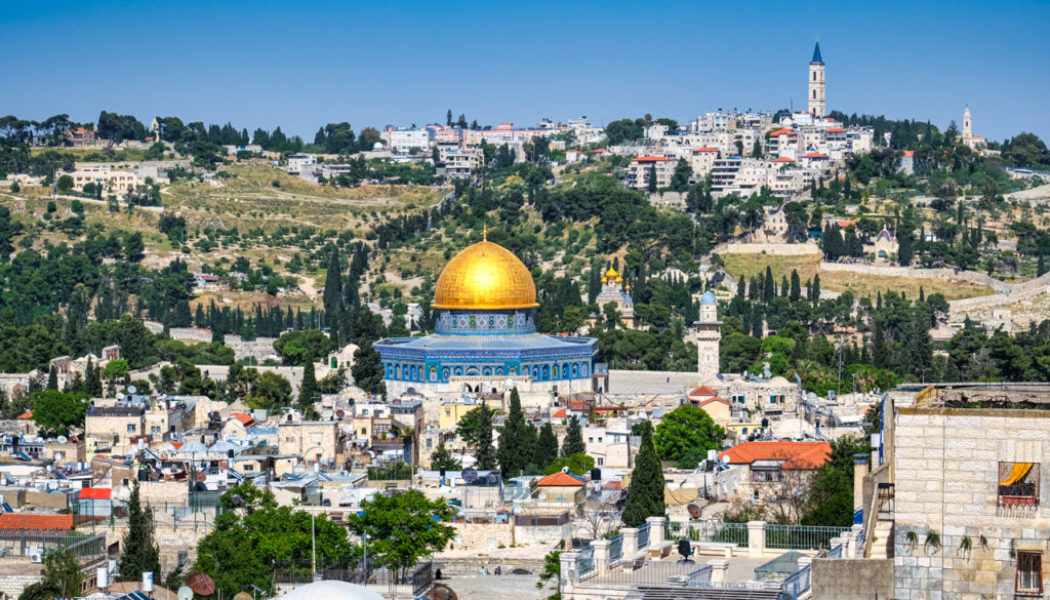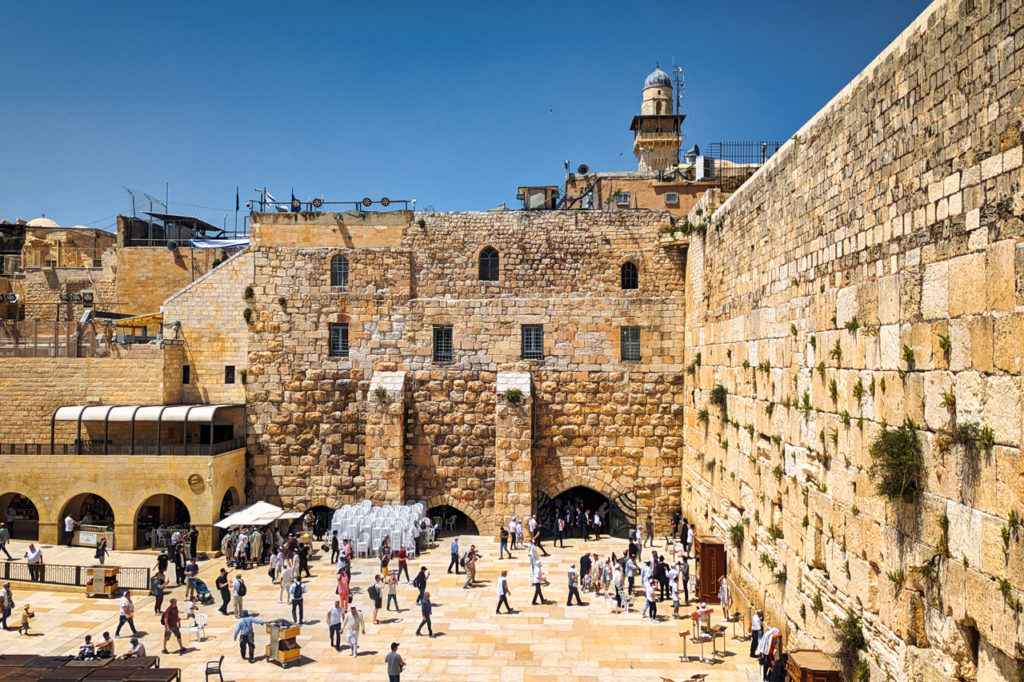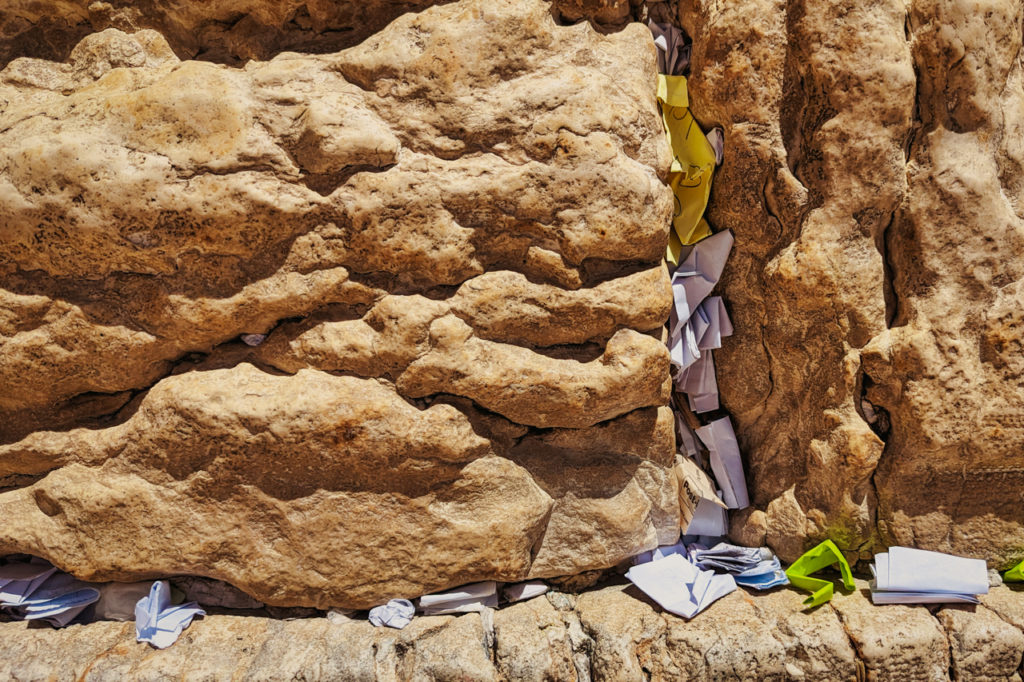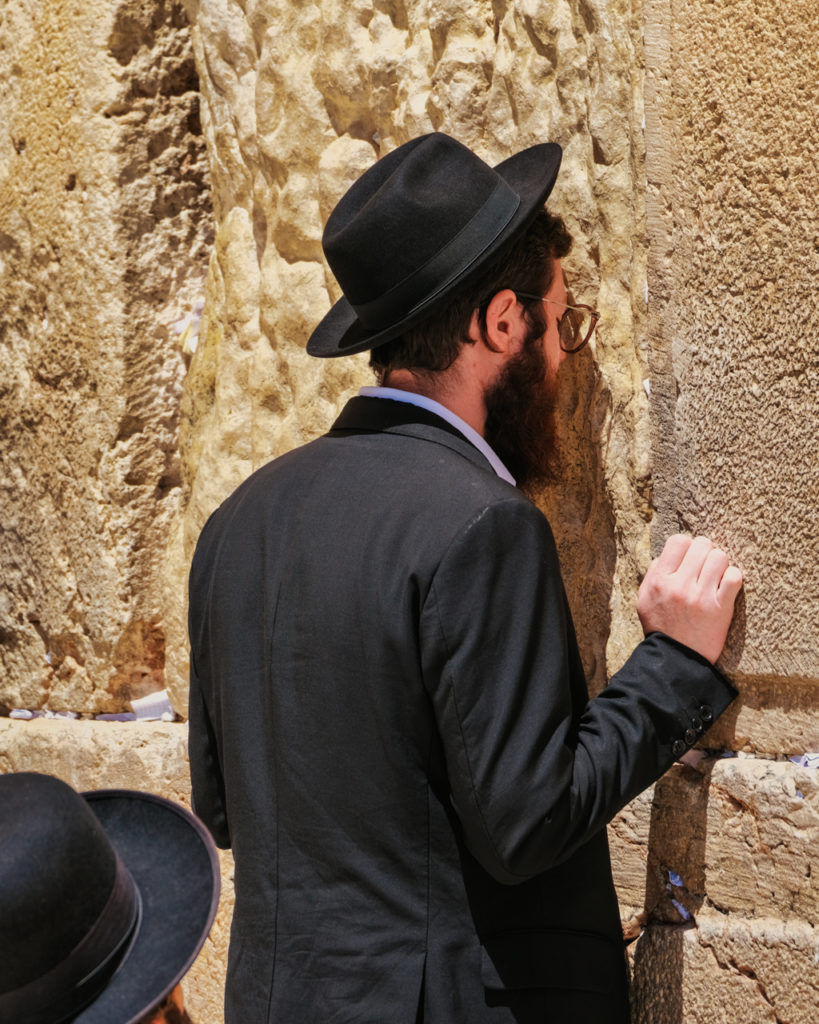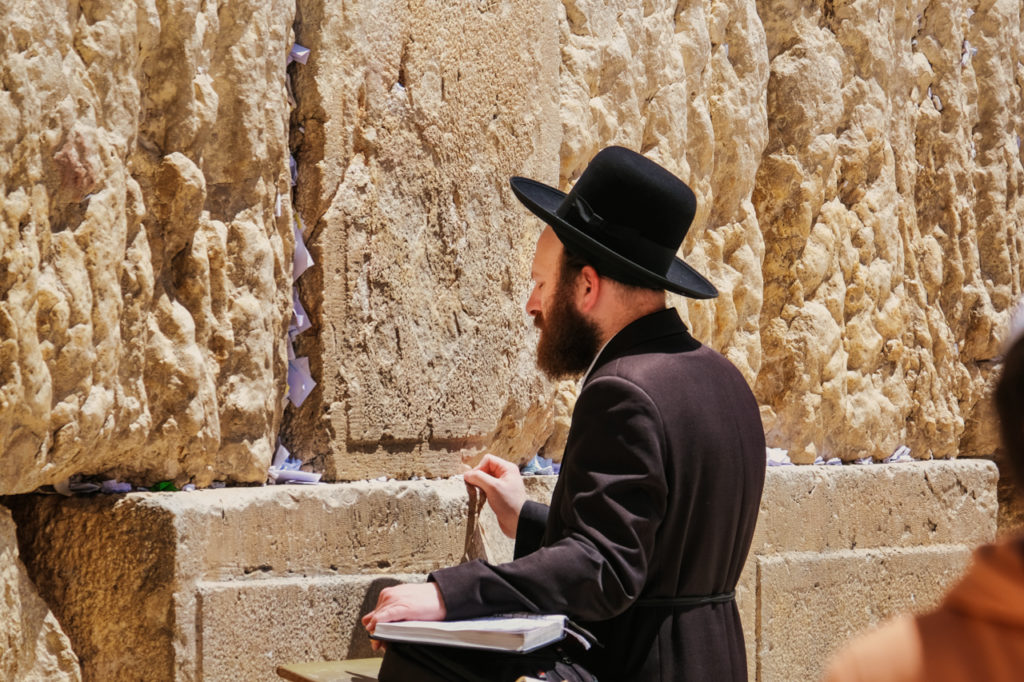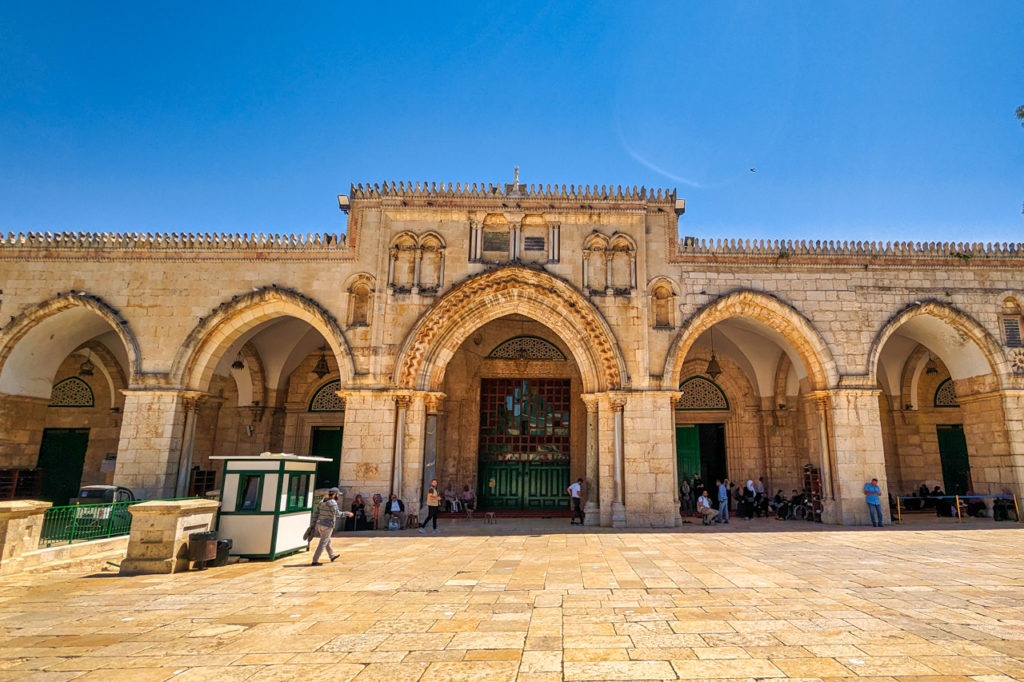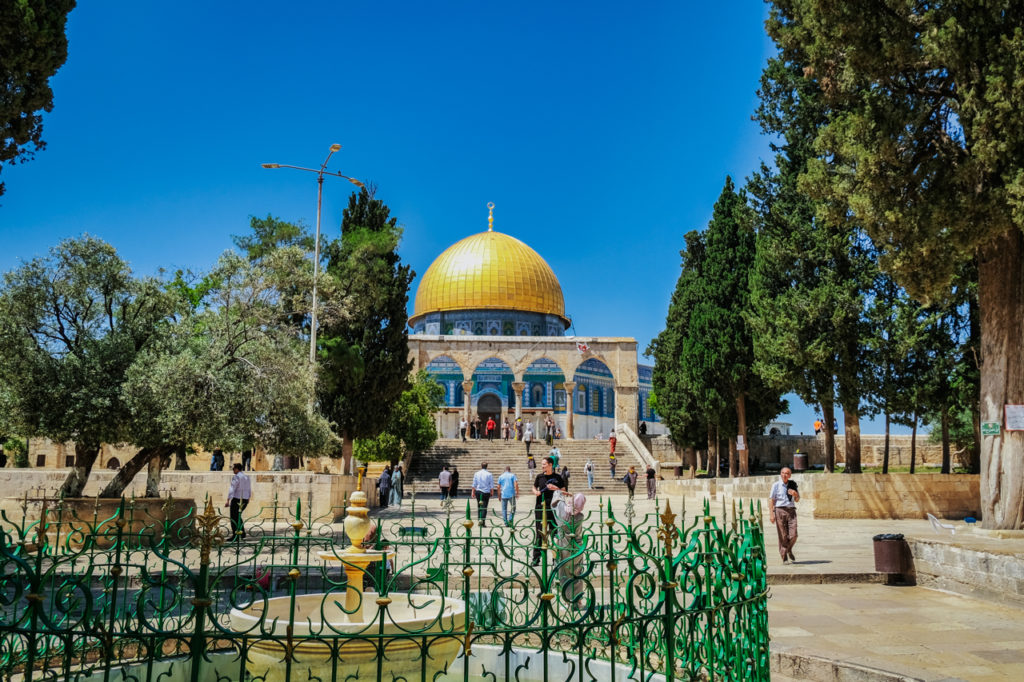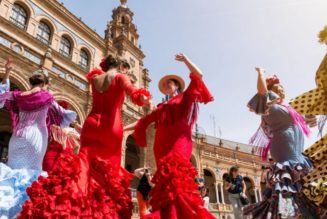Our guide on how to visit Jerusalem’s Old City covers everything you need to explore the spiritual home of three major religions
Jerusalem’s Old City has been repeatedly besieged, razed and rebuilt over thousands of years and remains one of the world’s most divisive destinations. Sacred to Jews, Christians and Muslims, and claimed as the capital of both Israel and Palestine, the ancient city is a lightning rod for conflict.
With over 5,000 years of inhabited history, the storied city is awash with ancient customs, archaeological treasures and spiritual draw. There is arguably nowhere else on Earth where the term ‘melting pot’ could be more appropriately applied.
I recently visited the Holy Land and have compiled the following guide on how to visit Jerusalem’s Old City to help you with your own trip.
A contentious destination
Under the UN 1947 Partition Plan, Jerusalem was supposed to be international and not divided, but during the 1948 Arab-Israeli War, the Old City and East Jerusalem along with the West Bank were captured by Jordan.
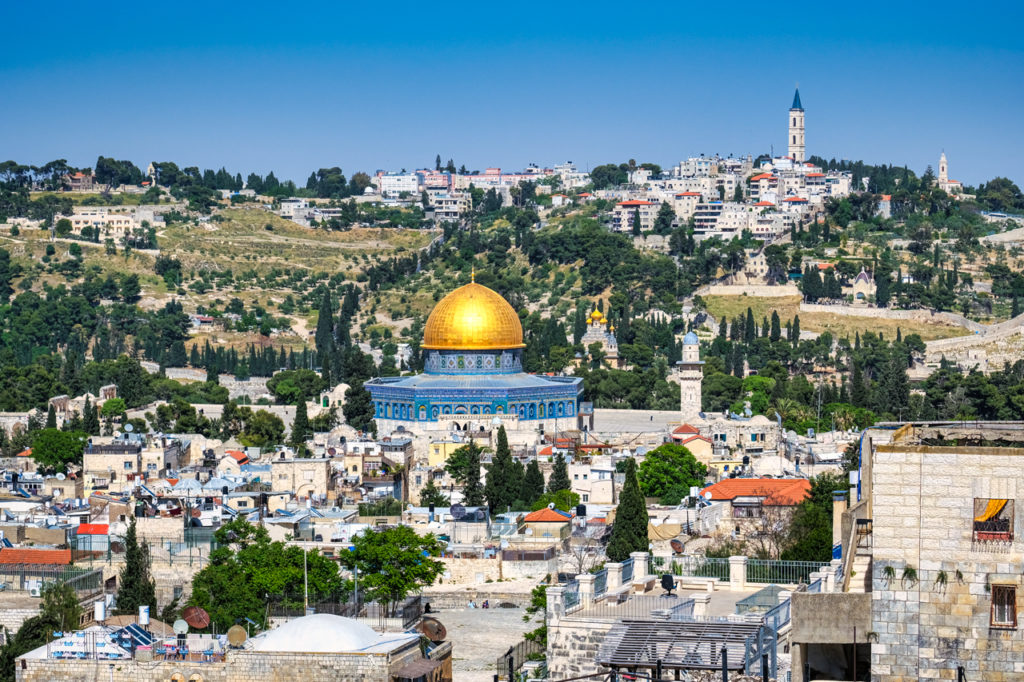
For 19 years, Jerusalem – like Berlin – was a divided city until the 1967 Six-Day War when Israel seized the Old City. Since then, Israel has expanded the borders of Jerusalem, annexing parts of the West Bank and developing Israeli settlements in East Jerusalem.
The annexation and settlements are widely considered illegal, including by the UN, and seen as an obstacle to the peace process.
the big three
A trip to Jerusalem’s Old City should take in the sacred sites of the three Abrahamic religions. Dress modestly for all three and expect crowds.
Church of the Holy Sepulchre
The Church of the Holy Sepulchre is one of Christianity’s most sacred pilgrimage sites and is believed to be built over the site of Jesus’s crucifixion and where he was laid to rest and subsequently rose from the dead.
Inside its intricately adorned halls, there are several significant points of interest representing, among others, stations 10 to 14 of the Via Dolorosa (see below). These sites include the Rock of Calvary (where he was crucified), the Stone of Unction (where he was anointed) and the Tomb of the Holy Sepulchre (where he was interred before his resurrection).
Due to its confined chapels and its popularity with pilgrims from all over the world, this is by far the most crowded of the three major sacred sites.
Western Wall
The Western Wall, often referred to as the ‘Wailing Wall’, is Judaism’s holiest prayer site. It is a remnant of the outer wall of Temple Mount upon which the Holy Temples once stood. The wall is the closest that Jews can get to the Temple Mount complex – off-limits to all except the high priest.
The Holy Temples were the historic central places of worship for Jews. The First Temple was built in the 10th century BCE and stood until around 587 BCE when it was destroyed during the Babylonian siege of Jerusalem. The Second Temple was built in its place around 516 BCE but was destroyed in AD 70 during the Roman siege of Jerusalem.
Jews were then exiled from the city and thus it became a place of pilgrimage. The term ‘Wailing Wall’ comes from the sound worshippers make as they lament their loss. Prayers written on slips of paper are pushed into the gaps between the 2,000-year-old stones that make up the wall.
The wide courtyard in front of the wall is split into two sections for men and women. The area is open to all but it is in front of the men’s section that you will find the oft-photographed lines of ultra-Orthodox Jews swaying hypnotically and bowing their heads in prayer.
Temple Mount/Al Haram Ash Sharif
Known to Muslims as Al Haram Ash Sharif (The Noble Sanctuary) and to Jews as Har HaBayit (Temple Mount), the raised plaza is the most disputed place in the Old City. Two of Islam’s most sacred buildings are located here: the Dome of the Rock and Al Aqsa Mosque. Both are sited where the Holy Temples once stood and, as such, are also deeply venerated by Jews.
The unmissable gold-plated Dome of the Rock is probably the most recognised image of Jerusalem, if not the entire region. Inside – which is off-limits to non-Muslims – is a rock representing where Abraham reputedly planned to sacrifice his son and where the Prophet Muhammad is believed to have ascended to heaven.
Opposite the Dome of the Rock is the far more humble Al Aqsa Mosque. It is Jerusalem’s most important functioning mosque and can accommodate up to 5,000 worshippers. Like the Dome, Al Aqsa Mosque can only be entered by Muslims.
The Temple Mount/Al Haram Ash Sharif complex is by far the most peaceful and least-crowded of the big three sites. This is due to the restrictions put in place by several Orthodox Jewish authorities that forbid Jews to visit the complex. There are also restricted visiting hours for non-Muslims and strict security checks, queues and periodic political flare-ups, which can put off visitors.
Regardless of your beliefs, I would strongly recommend a visit. The Dome of the Rock is one of the most beautiful buildings I’ve ever seen.
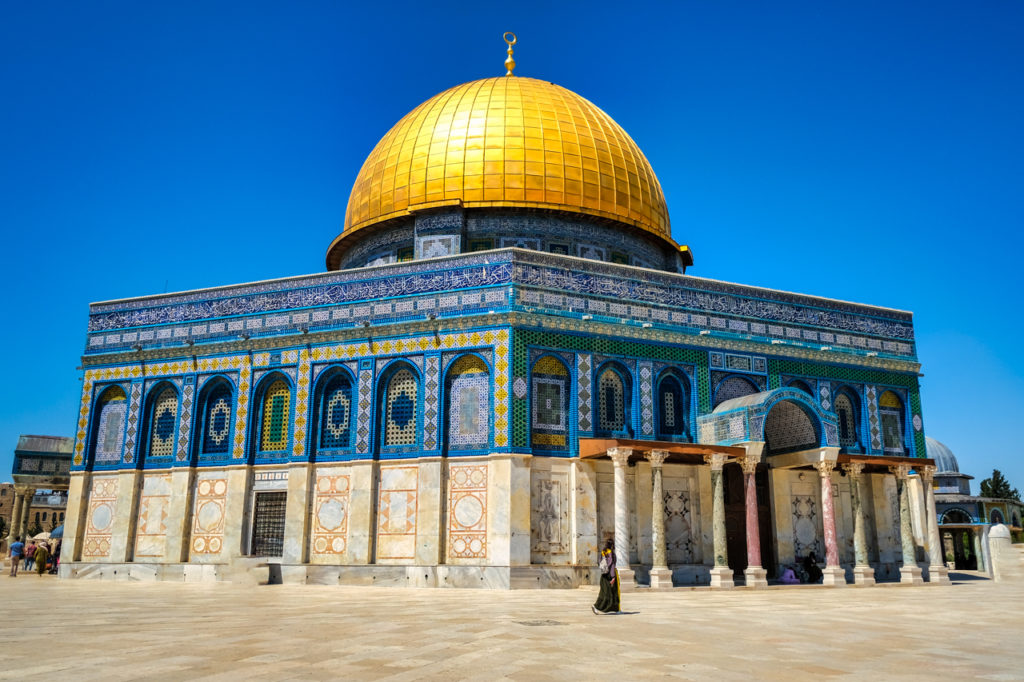
Visiting hours for non-Muslims are as follows:
- April to September: 7am-11am, 1:30pm-2:30pm
- October to March: 7am-10:30am, 12:30pm-1:30 pm
Other things to see in Jerusalem’s Old City
Aside from the big three, there are numerous other sites that really shouldn’t be missed. This list is by no means exhaustive – there are dozens more – but below are my personal recommendations.
- Jaffa Gate: One of the city’s seven main gates, Jaffa Gate, at the terminus of Jaffa Road – where travellers and pilgrims once arrived after their long journey from the port city of Jaffa – is now where most walking tours of the Old City begin.
- Tower of David (Citadel): Just inside Jaffa Gate, the Tower of David was the original palace of Herod which was later used by the Romans and Crusaders. Climb to the top of its ramparts to get the best panoramic views of the Old City.
- Via Dolorosa: Also known as the Stations of the Cross, Via Dolorosa is the reputed route taken by Jesus as he carried his cross to his crucifixion. There are several plaques marking nine significant ‘stations’ including where he supposedly stopped and placed his hand while resting.
- Arab Souq: The labyrinth of alleyways winding through the Christian and Muslim Quarters is lined with stalls selling lamps, jewellery, souvenirs, clothing and hookahs among other bric-a-brac.
- Damascus Gate: The largest of the Old City’s gates leads onto the bustling souq in the Muslim Quarter, the main Palestinian market in Jerusalem.
- Western Wall Tunnels: The 488m (1,601ft) narrow tunnels passing beneath Judaism’s holiest prayer site follow the original street level of the ancient city. The tunnels can only be visited on a 75-minute guided tour which must be booked well in advance.
- Armenian Quarter: The smallest of the Old City’s four quarters is the only one not associated with religion and is believed to be the oldest living Armenian diaspora community. Unlike the other three, the Armenian Quarter is a living neighbourhood of around 1,500 people with their own churches, schools, library, shops and medical services.
- Jerusalem Archaeological Park & Davidson Centre: Located near Dung Gate and the Western Wall, the archaeological site showcases a range of 2,000-year-old finds from the Holy Temples including parts of the city walls, a staircase, a street, ritual baths and stores.
How to visit Jerusalem’s Old City: the essentials
What: How to visit Jerusalem’s Old City.
Where: I stayed at Abraham Hostel in downtown Jerusalem, just a 20-minute walk from Jaffa Gate, Damascus Gate and most other sites in the Old City. The popular hostel caters for a range of travellers from backpacker dorms to private and family rooms. I stayed in a private superior room.
An excellent breakfast is included in the room rate. Other facilities include a lounge area, guest kitchen, bar, rooftop terrace, TV room, laundry room, luggage room and travel centre where you can organise tours.
When: The best time to visit Jerusalem is during spring or autumn. Try to avoid the hot and busy summer months between June and September. The shoulder seasons of April and May or October and November are ideal.
Bear in mind that religious holidays may affect your plans. These include Ramadan, the moveable Islamic month of fasting when restaurants and shops are likely to be closed during the day; the Christian holiday of Easter, which sees masses of crowds descend on holy sites; the Jewish holidays of Passover, a spring festival that begins on the 15th day of Nisan, the first month of the Jewish calendar; and Yom Kippur, which falls in September or October. Always wear modest clothing when visiting holy sites.
Shabbat (Sabbath) is the Jewish Day of Rest and is observed every week from sunset on Friday to sunset on Saturday. Most shops, restaurants and public transport will shut down.
How: I joined a Holy City Tour with Abraham Tours. The walking tour visits the three major sites as well as several of the smaller ones. The tour is led by a neutral guide who provides an unbiased perspective of the political situation in Jerusalem. Our guide also suggested other sites to visit and provided tips on where to eat, transport and accommodation.
The tour starts at 11am at Jaffa Gate and finishes at around 3pm near the same place. Prices start at around $40 USD. Guests of Abraham Hostels get a 10% discount. There is a free walking tour available (excluding tips) but it doesn’t enter all the major holy sites and will likely be a far bigger group.
To get to Jerusalem from Tel Aviv, take the Express Train from Tel-Aviv Hahagana Station to Jerusalem Itzhak Navon Station. The train runs several times an hour from 6.30am to around 11pm and takes 37 minutes, only stopping once at Ben Gurion Airport. There is no need to book tickets in advance but be aware trains do not run during Shabbat.
I flew from London to Tel Aviv. Book through skyscanner.net for the best prices.
We recommend getting a Holafly eSIM for Israel so you can stay connected to the internet on your trip. We can offer our readers 5% off Holafly purchases. Simply use the code ATLASANDBOOTS at checkout.
Enjoyed this post? pin it for later…
